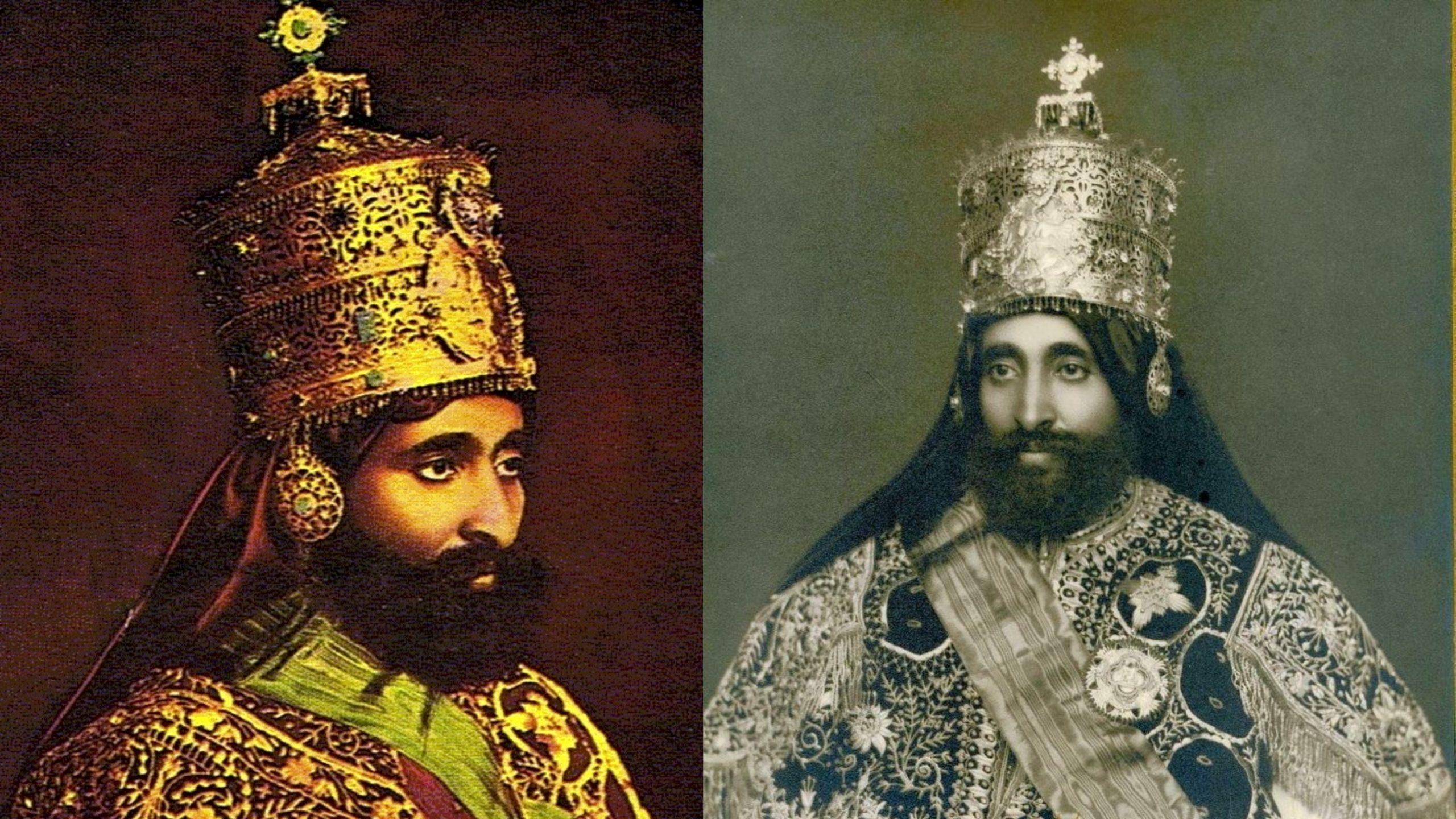5 May 1941
His Imperial Majesty Haile Selassi I, the King of the Kings of Ethiopia, the Elected One of God was Ethiopia’s latter emperor, the conquering Lion of the Tribe of Judah, the last emperor of the Solomonic Dynasty to rule Ethiopia until September 12, 1974.
A child in the village of Eastern Ethiopia was born on July 23, 1892. He was called Lij Tafari in Amharic, which is a royal child, respected or feared (dreaded).
After nearly five years in exile in Britain, Emperor Haile Selassie returned to Ethiopia to reclaim his throne with the help of the British. Selassie lost his throne in 1936 after he was interrupted by Italians and fled to Britain.
However, in his absence Ethiopians continued to resist the Italians, waging a guerrilla war to undermine and destabilise the process of colonisation. At the height of World War II in 1943, Tigrayans formed a resistance group “Weyane” or popular uprising, to rebel against Selassie.
Tigrayans believed that Selassie did not deserve to return to the throne after abandoning his country and people in the middle of colonial occupation, killings and humiliation of its people by the Italian army.
He took the title of Ras, meaning prince or chief as a regent in the Ethiopian government. He got another new name when it was crowned emperor in 1930, one of the royal ones, this time: Haile Selassie, which means “Power of the Trinity.”
 The African History Truly African
The African History Truly African

